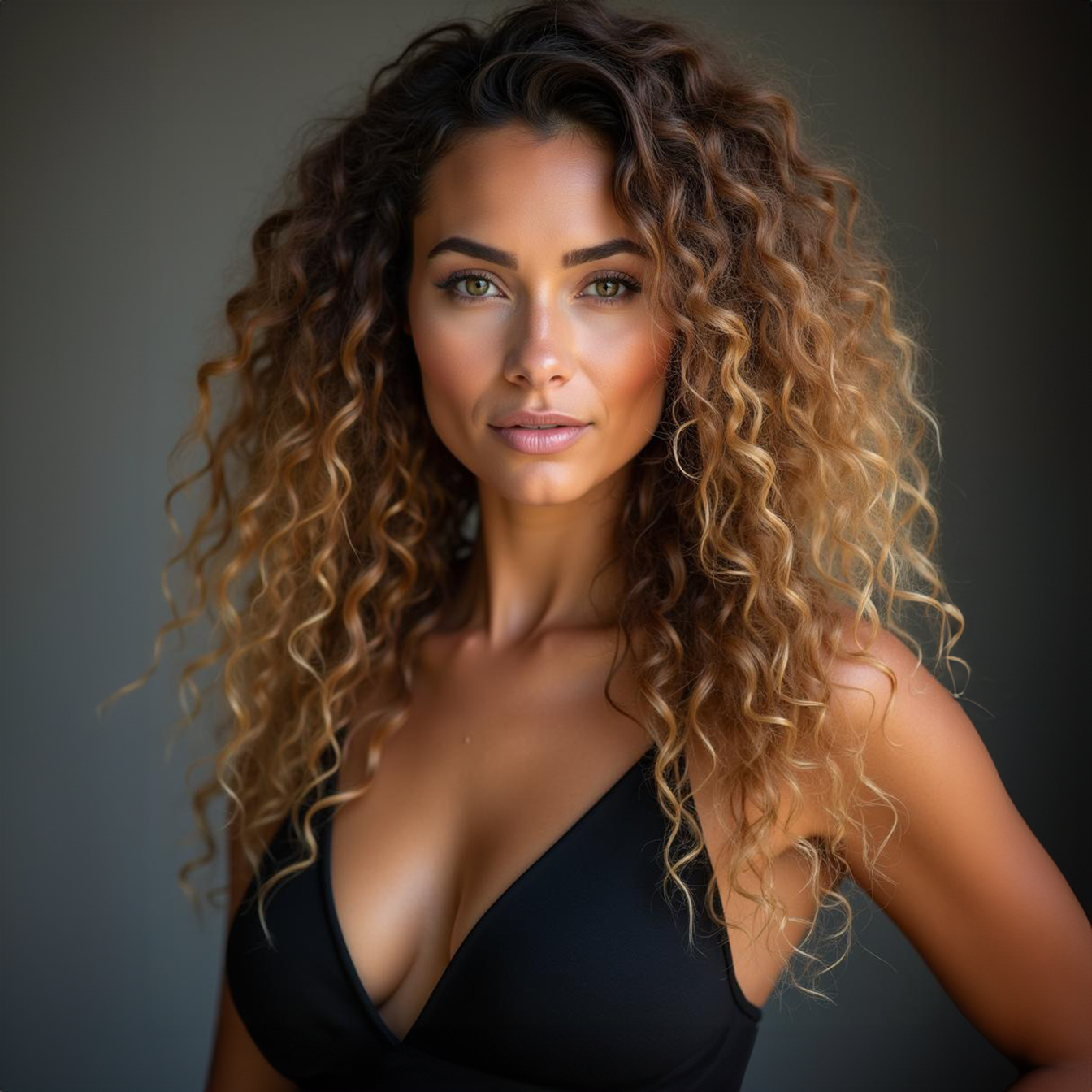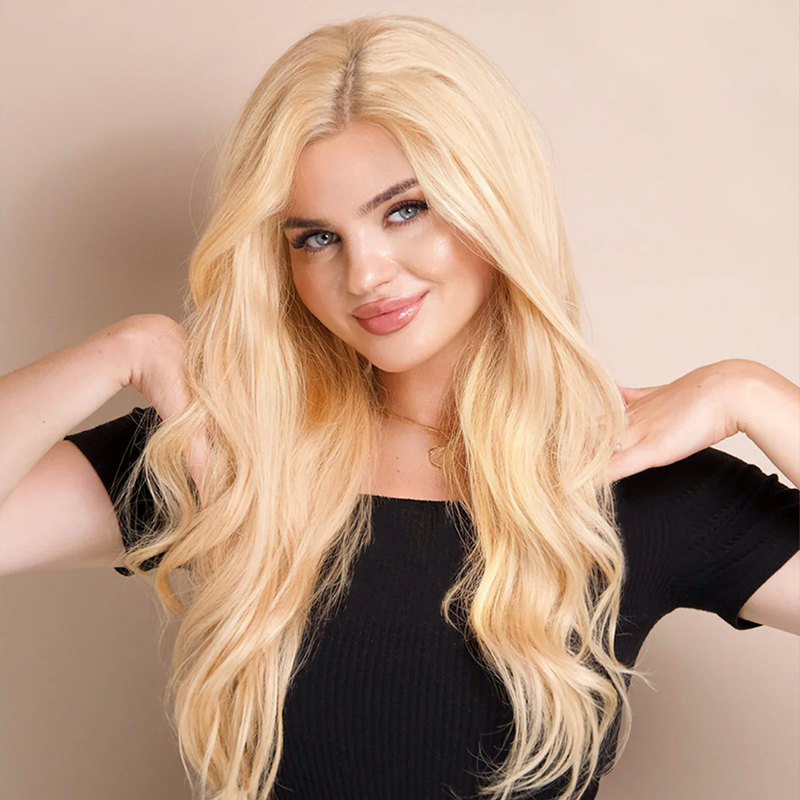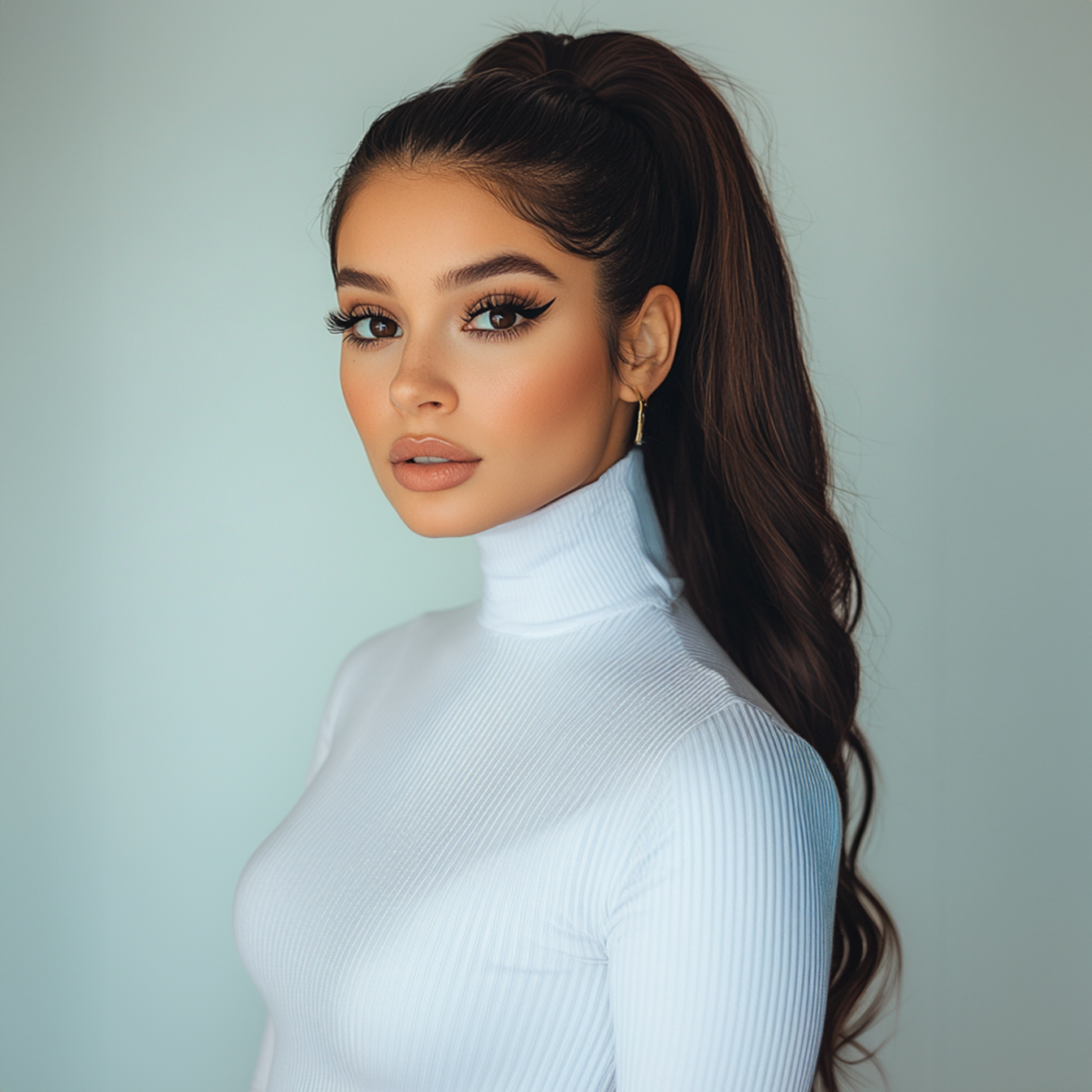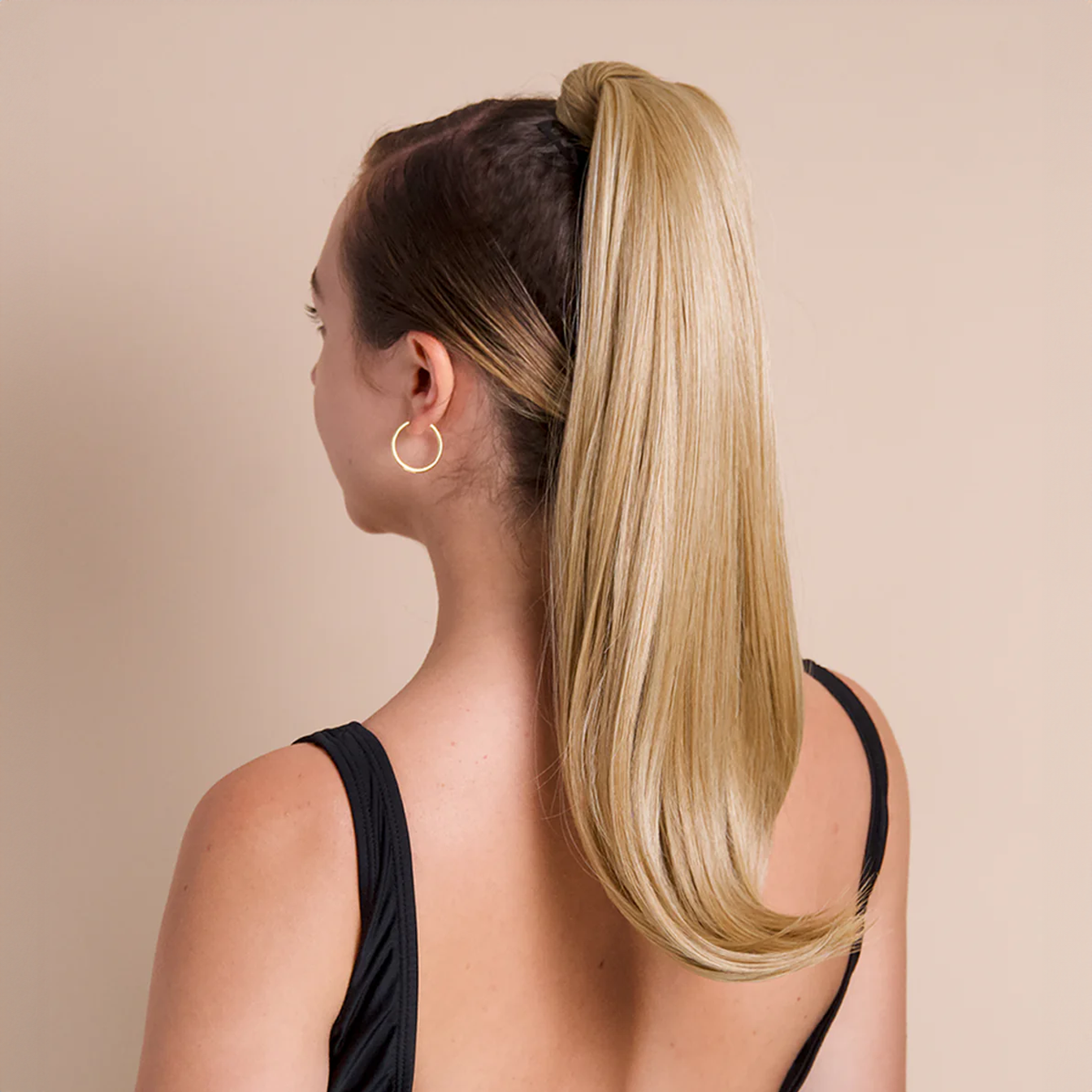When it comes to hair extensions there are so many options you can choose from - there are different types of hair, methods of getting them applied, and time you can wear them.
We’re here to help you learn everything there is to know about all the main types of human hair extensions so that you can choose the best ones for you!

There are a few things to consider when choosing hair extensions. Depending on the hair type and application methods, here you will find all the information you need before buying.

human hair.
Human hair extensions are made out of 100% human hair collected from donors. Quality hair extensions are consisted of the finest real human hair.
The hair is collected in a way that ensures that all the cuticles are kept intact, facing the natural growing direction. This eliminates tangling problems commonly found in low-quality hair.
synthetic hair.
Synthetic extensions are created from various chemically blended fibers. These fibers are made to resemble human hair, but they most often have an unnatural finish. They are very sensitive to weather conditions such as sun exposure and moisture, they are very difficult to style and also known to not blend well with natural hair.
If you want to find out how much hair extensions cost, we have a very helpful guide for you. Check this out!

clip in hair extensions.
Clip in hair extensions are the easiest, fastest and safest way to add length and thickness to your hair. They are the least damaging type of extensions and easiest extensions to apply yourself - you can do it at home in a matter of minutes.
invisible clip ins.
The classic clip ins have a fabric or stitch base while the invisible hair extensions have a thin silicone base. The silicone base is 50% thinner than the textile base of the classic extensions. These human hair clip ins are ideal for people with thin, fine, or oily hair because of the thin seam that makes them virtually undetectable.
tape in hair extensions.


sew in extensions.

fusion hair extensions.

beaded hair extensions.

These extensions are applied by attaching small pieces of hair to your own with the help of a silicone bead, which then gets tightened to secure it in place. They need to be reapplied every 2-3 months or when your hair has grown too much and the beads move away from the scalp.
With a little care and attention, you can make sure that your real hair extensions last a long time and are healthy. Make sure to store them in a dry place, away from direct sunlight. Don't wash them too often. Always use sulfate-free products and heat protectant prior to styling them with hot tools. For a full guide on how to take care of hair extensions, click here.
Let us know in the comments below if you found this article helpful. We’re here to help you learn everything there is to know about all the main types of extensions, so that you can make the best choice according to your needs!






























Comments
Hello irresistibleme.com owner, Thanks for the great post!
CRYSTAL – Yes, you can get our Signature Weft if all you need is a boost of volume and not to add length to your hair. It comes as a 4-clip weft that is super thick and can be successfully worn for special hairstyles and updos.
Can I just get one big weft for my hair instead of a whole clip in set?
BEATRICE – Other types of extensions except clip ins and tape-ins use hot glue or other invasive procedures, such as needle and thread, to bond the extensions to your natural hair. Temporary extensions such as clip ins don’t harm your hair at all, as they get clipped in and out easily. Tape-ins use medicinal glue as adhesive, so they are also safe for your hair. The other types of extensions might severely damage your natural hair as they will pull out your hair strands when you get them removed.
Why are the so-called permanent extensions so damaging?
ELAINE – It is not advisable to combine natural hair extensions with anything else, as the difference will surely show. We recommend you to go with one complete set of natural hair extensions that will cover your entire hair, so that you will not need to add anything else for more volume, length or color.
Can you combine synthetic and natural hair extensions?
CHERRY – It is always a matter of quality and if the chemical procedures involved are well executed and the fibers resulted are of good quality, synthetic hair extensions can mimic real hair to a very high degree. Nevertheless, anything man made will never resemble actual human hair, so you should keep your expectations according to the craftsmanship and price level of the synthetic hair you purchase.
Do synthetic hair extensions ever look good?!